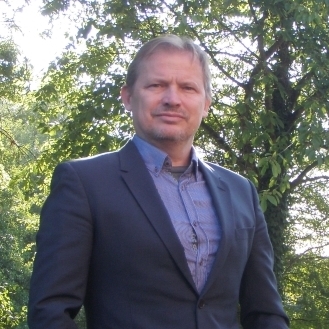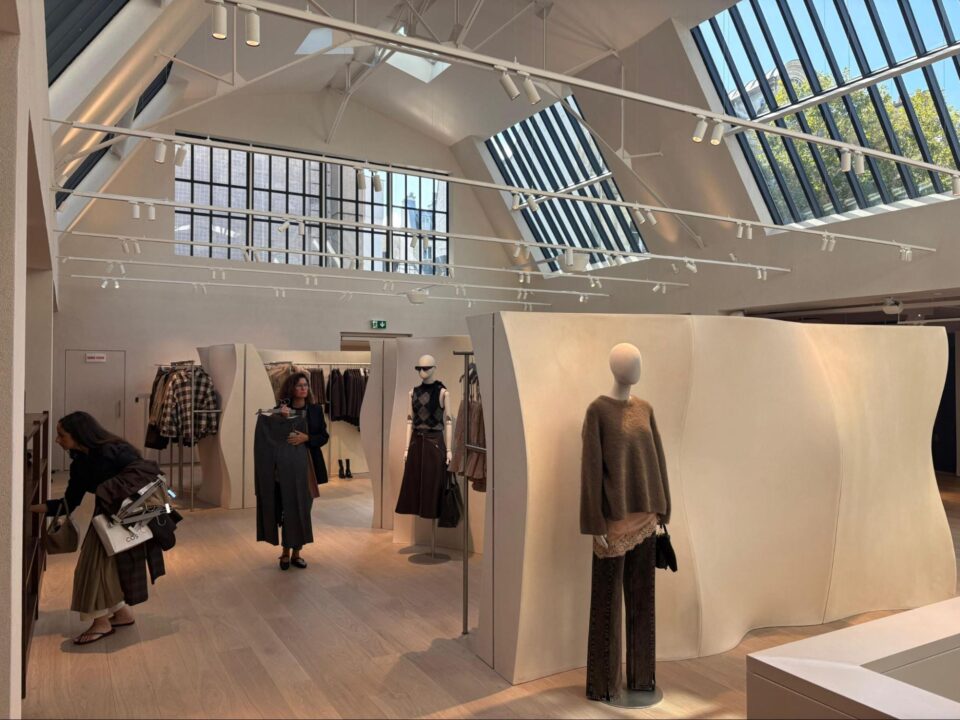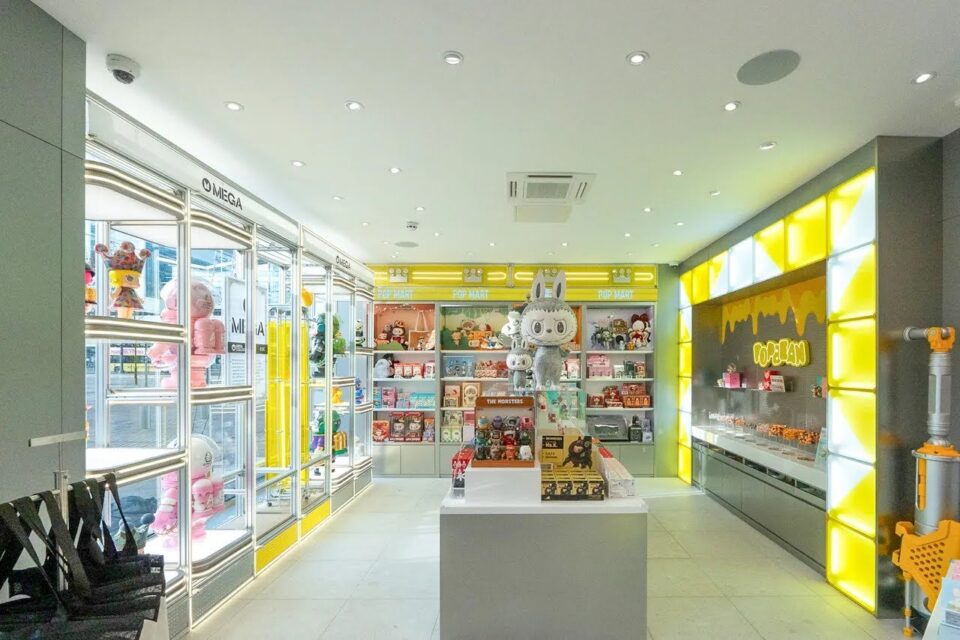Creating smart buildings: an Insider interview with Stephen Wreford of Helping Buildings Think
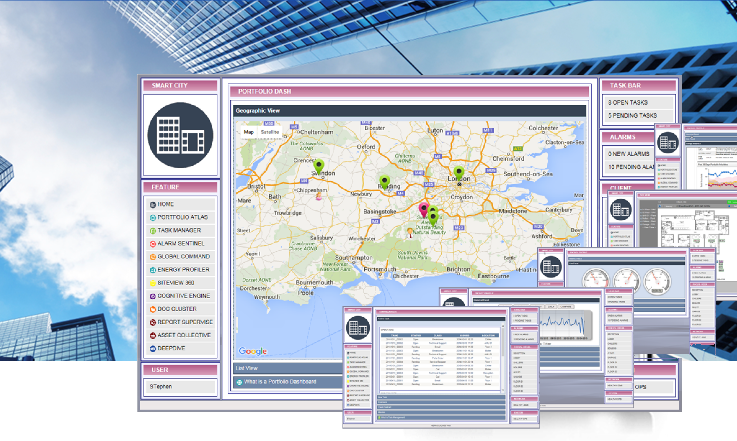
Our latest Insider Trends interview features Stephen Wreford of Helping Buildings Think, a technology and service provider that helps buildings run more efficiently. We talk to him about creating smart buildings and the importance of never forgetting that solutions must always make sense.
Can you explain what Helping Buildings Think does in a way that my grandmother would understand?
We build software programs that connect all the computerised systems in a commercial property together. We call this the Smart City Bureau.
Why is this important?
It means we can reduce the energy consumption a building uses. We can increase the efficiency of the maintenance teams that look after the building. It also means we can enhance the experience for people living and working in the buildings.
What kind of things do you measure/monitor?
Everything from the environmental conditions such as temperature, humidity, lighting and air quality to the status of equipment such as failures or alarms from lamps, air conditioning plant, access control and fire systems to the energy consumption throughout the property.
How do you help people manage this in a useful way?
The Smart City Bureau has a high degree of intelligence defined. In this way, the Bureau can manage the large amount of information and perform many functions autonomously. Operators of the Smart City Bureau can configure the operations, create new functions and tasks without being overrun with information.
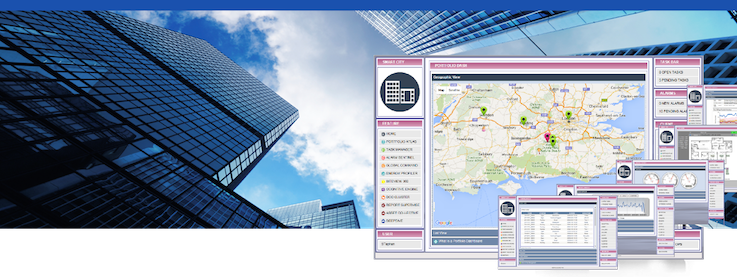
Could you give us a case study of this in action?
Hotels are a great example – we recently licensed our 80th hotel installation. We immediately reduced the energy consumption by 15% by connecting the systems together. We are simply spreading the information that makes sense between the systems. For instance, the hotel booking system knows when a particular room is not occupied, so with our software we inform the building management systems and lighting systems to operate at a reduced energy/off model. Another nice feature is using the guest name and language from the hotel booking system to automatically change any electronic screens for the air conditioning and lighting in the room to the language with personalised greetings. This improves the usage of the systems, as well as giving the guest a more personalised experience.
And how does this work on older buildings, say, rather than new builds?
Our Bureau can work with many legacy building systems, and often this is where the solution is most needed. We have built over 75 solutions that allow us to connect to existing legacy systems, so this is a topic not only for new modern buildings! Combining these with modern technology enables us to offer an efficient seamless operation.
What about its benefits within retail specifically?
The multi-site remote monitoring is a perfect example of the benefits to the client and maintenance team. Using our solutions the retail operation can reduce energy consumption across the whole portfolio and increase management efficiencies.
What about IoT, and the impact people are claiming it will have on somewhere like a coffee shop – keeping the equipment maintained, and stock up to date, with the potential of having unmanned kiosks/shops in the future. Do you share this kind of vision of the future?
Yes, I believe there are major benefits to embracing the Smart world of IOT. There is a temptation however to forget that the solutions must ‘make sense’. I often see use cases that are tenuous to say the least. A good example is using the low cost of installation to add massive benefits, take for example the stock or equipment within a shop. Using simple low cost tracking devices, instant access to current stock levels and equipment locations speed up maintenance and automate accurate stock level control.
What’s next?
As a company, we are working together with major clients, to help and guide them in crystallising a roadmap using Smart City Bureau as a defined blueprint, uniquely tailored to each company’s existing system and needs. I expect to see these blueprints being deployed over the next 12 months.
And this area more generally?
We will continue to develop features that “make sense” in the world of IOT, Smart Buildings and Smart Cities. Whenever we are involved in designing systems and looking at features and functionality, it is core to the process that the idea is something that makes sense. A feature that truly provides a tangible function, whether that be to reduce energy consumption, increase manpower efficiency, promote awareness or simplify information. An example is found with one of our components that synchronises the time-clocks between lighting systems and building management systems within a shop while also providing a method to change all shop times simply and quickly.
Are there any inspiring companies or thinkers related to this area you think are doing especially interesting things?
There are a few companies and certainly a number of people that are pushing in the same direction to create a better world. The parallel advances in other areas such as the automobile industry or cities getting organised to manage more services and benefit from the interoperability. There are also some quite exciting individuals that we have contact with, driving innovation and connectivity around the world. Of course the better the solution, the less the world sees it!

